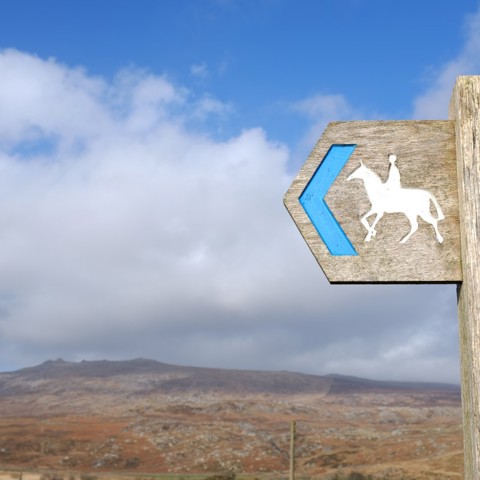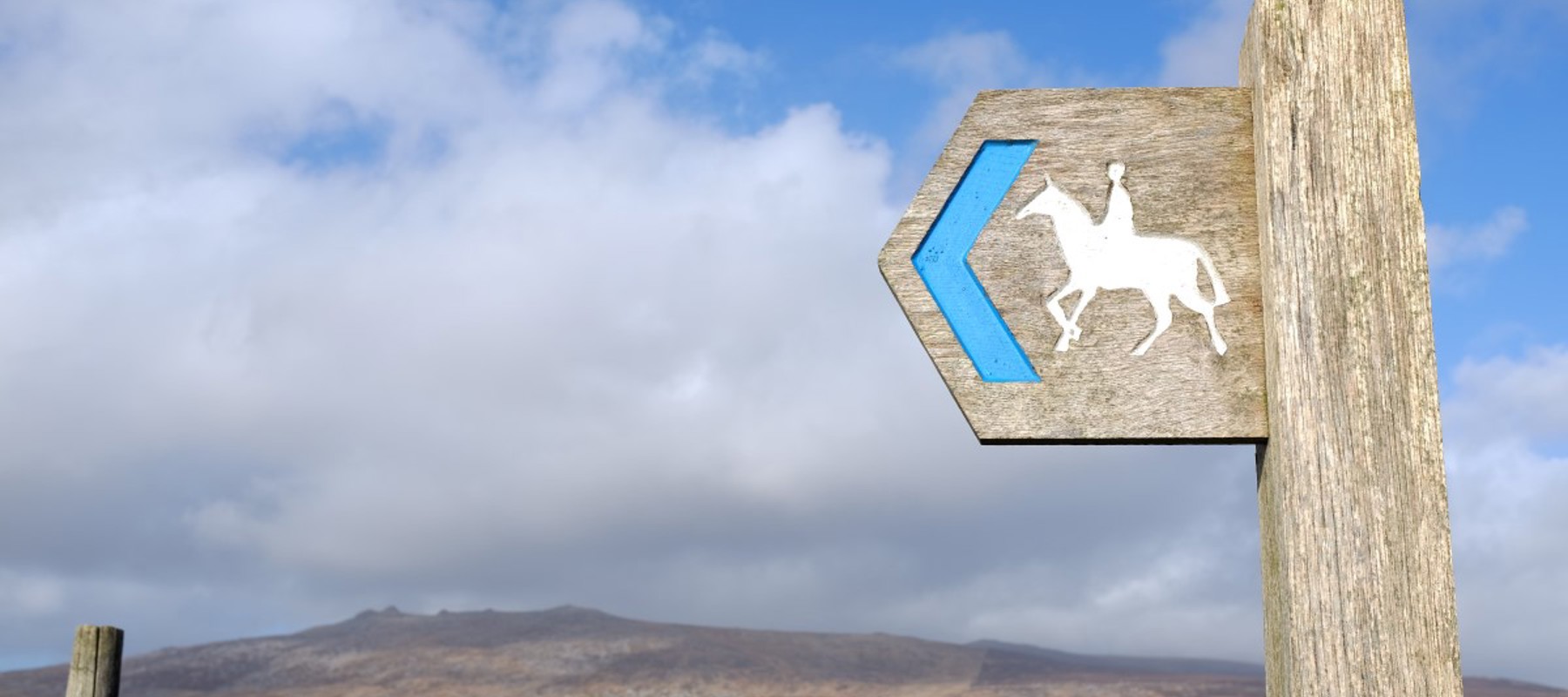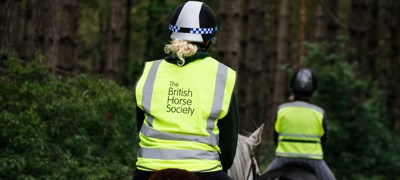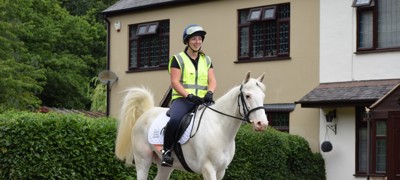BHS Access and Bridleways Officers work with members of the public and the BHS HQ Rights of Way team reacting to threats to your access, answering your questions, representing equestrians on a local and national level at relevant meetings affecting access, working to establish new access, and promoting what exists through the BHS National Equestrian Route Network.
Information which is needed
It is helpful to provide details of the route and of the location on the route where you encountered a problem, as well as a clear description of the issue. Marking the location on a map (i.e google) of the route is always useful. You then need to take the correct course of action for the country you live in.
The information below applies to England and Wales. Access to the countryside in Scotland and Northern Ireland is very different, so please direct questions on access in those countries to Catriona Davies (Scotland) at catriona.davies@bhs.org.uk or Susan Spratt (Northern Ireland) at susan.spratt@bhs.org.uk.
How to report a problem
It is the highway authority’s responsibility to maintain bridleways and byways to a safe standard, so any issues should be reported to the relevant authority. Even if you think someone else may have already reported the problem, you should still report it, as this gives the authority a clear indication of demand and will help the authority to prioritise resources.
You can also contact your local BHS Access and Bridleways Officer, who may be able to help. Contact details for your local BHS officer can be found by visiting your area page.
A landholder is responsible for keeping public bridleways or byways free from overhanging vegetation, from obstructions and for ensuring gates are safe to use. A highway authority is usually responsible for the surface and for the way being clearly marked and available.
If you have suffered an incident whilst riding or carriage driving off road, please report it.
If having assessed the above resources you still have any queries or require assistance, please call the Access and Rights of Way Team on 02476 840515 or email access@bhs.org.uk
Our step-by-step guide to reporting an issue on a public rights of way
1) Identify the location of the issue
chevron-down
chevron-up
You could use what3words app, Ordnance Survey grid reference using an OS paper or online map, or a postcode taken from an online map, such as Bing Maps.
2) Take photos of the issue if possible
chevron-down
chevron-up
Use an everyday object for scale if you can so that if, for example, you are reporting a hole, the size of the hole can be assessed.
3) Check the online map of rights of way in your county/authority area
chevron-down
chevron-up
Make sure the issue is on a route that is recorded as a Public Bridleway, Restricted Byway or Byway Open to All Traffic. Note the reference number of the route. (If you have no access to the internet, ask a friend or family member to report on your behalf, or to find a telephone number on the local authority website.)
4) Report the issue via the online reporting portal for the county/authority
chevron-down
chevron-up
You may have to register an email address to do this. If there is an option to tick to receive an acknowledgement and updates on the issue, please do so. Include photos taken, location of the issue and the reference number(s) of the route(s).
5) Even if the problem has already been reported, REPORT IT AGAIN!
chevron-down
chevron-up
6) Allow the authority a reasonable time to respond to the report
chevron-down
chevron-up
(At least a month unless there is imminent risk of or actual injury.) Some issues will have higher priority if there are safety implications or if they are on a busy route.
7) Follow up the report if you do not receive a satisfactory response within a reasonable time
chevron-down
chevron-up
Contact the county/authority again via the details on your acknowledgement email/message from them.






